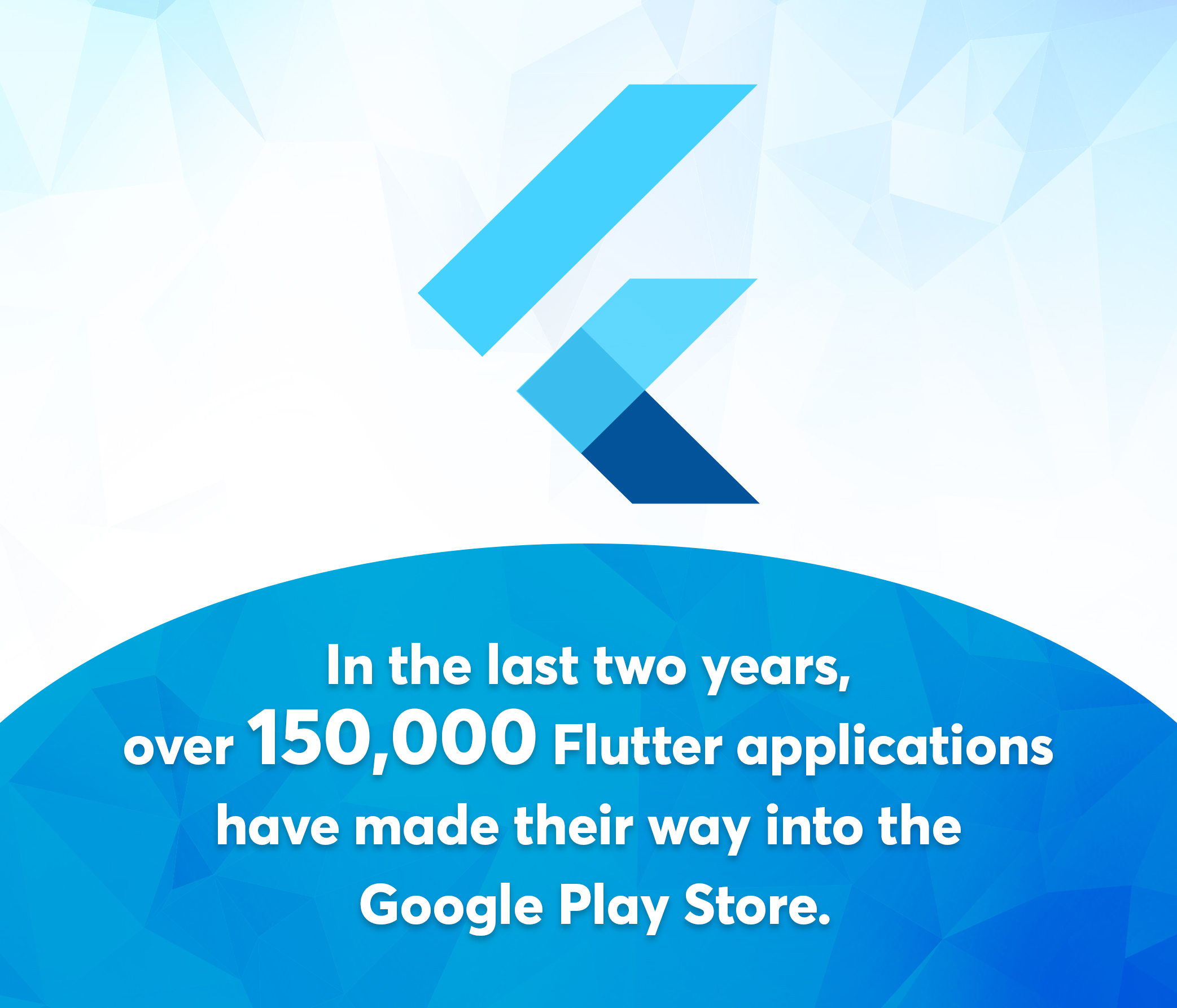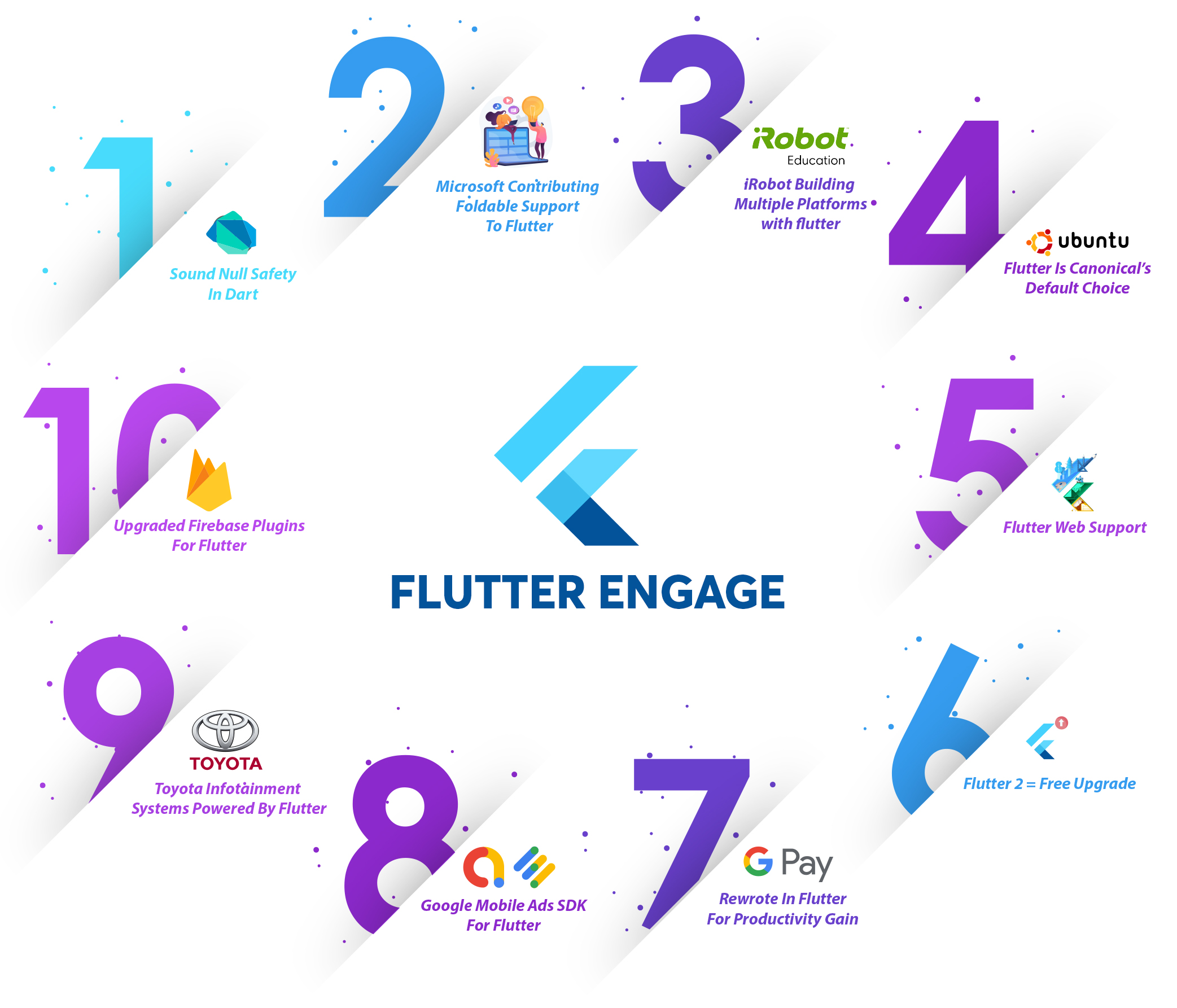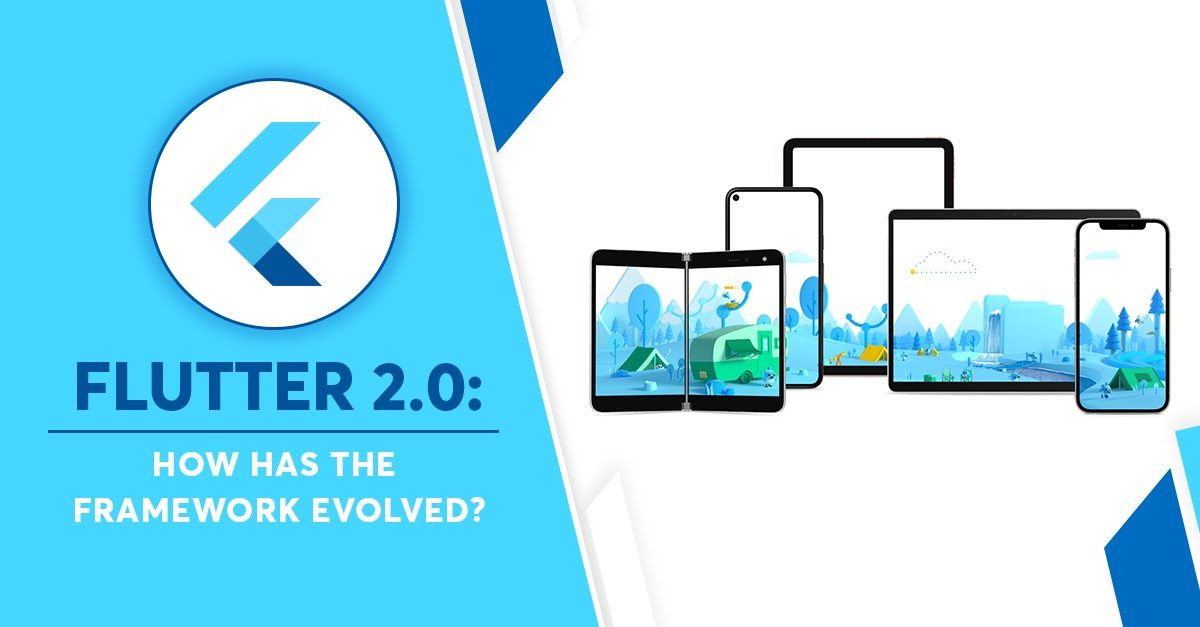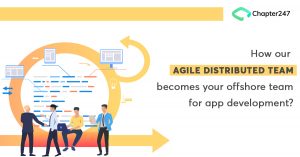flutter an angular developer s perspective
flutter 2.0 updatesIn the last two years, over 150,000 Flutter applications have made their way into the Google Play Store. That’s how much the open-source app development framework – is loved by the developers. Needless to say, hence, that the launch of Flutter 2.0 was something the entire developer community had been excited about for quite some time.

The upgraded version has further established Flutter as a complete UI toolkit that is more flexible and portable and has the potential to build stunning apps for any platform -the mobile, the desktop, the web, or even the emerging form factors such as foldable.
What was Flutter 1.0 capable of?
Flutter 1.0 was basically a framework that supported just Android and iOS apps. However, the framework could run on mobile devices, desktop, and embedded systems and eventually as Google added more features, on the web as well. With its further updates, and releases, Flutter 1.0 was capable of:
- 2Dimensions to create vector animations
- With Dart 2.1, Flutter provided a smaller code size, faster type checks etc.
- Dart 2.1 offered great speed
- Powerful compositing capabilities
- A full set of widgets with pixel-perfect experiences
So what has changed with Flutter 2.0?
Flutter 2.0 has extended its support to web apps, Windows, MacOS, Linux, and embedded devices. As a result, the apps built on this framework are capable of running on a wide variety of different platforms.

Here are some broad changes that have further made it more powerful:
Flutter for the web: Stable release
To start with, Flutter had several obstacles coming to the web. For creating an immersive and responsive web experience, widgets needed to be created. Some additional functionality needed to be implemented, such as hover enabling a smoother web experience. Now Dart was originally meant as a replacement for JavaScript, the dart2js compiler had been widely used already.
Add to that the fact that the web is a tricky platform to deal with. This is why the most important change in Flutter 2.0 is that the web development is now part of the stable channel officially and this may soon be followed by desktop support.
This means Flutter’s web support has changed from beta to stable release that focuses on the performance and improvements in the rendering fidelity. Flutter now encompasses richer platform APIs – ones that power sophisticated apps with 2D and 3D graphics apart from the flexible layout.
Performance on the web
The best piece of news in this segment for developers is how much performance has made the progress. Now, Flutter for the web can display an application in a browser by –
- Rendering using HTML, CSS, and Canvas. This will make it faster to download and load.
- Rendering using CanvasKit. Even though heavy, this performs better when there’s a lot on the screen.
Web app features and widgets
Flutter 2.0 now supports many web-specific features and widgets such as custom URL strategies, web-app deep linking, hyperlink widget, text auto-fill, proper PWA (progressive web app) etc. That way developers can now use the best of the web-specific features.
Flutter for mobile: Foldable displays
The latest features to hit the physical features of mobile phones in the market are what are termed as “foldable phones”. These phones are now allowing users to run apps on two screens enabling them to make use of tool screen design patterns like list-detail, two page, dual view, companion pane, and extended canvas. This has been done to enhance productivity while working on the phone.
Flutter’s previous version did not accommodate foldable displays but 2.0 does. That way the developers can take the advantage of dual-screen devices or foldable phones no matter the platform or app that they may be building on.
Flutter for desktop: Stable release
This is one major change with Flutter 2.0 that the Flutter for Desktop’s status is now Stable as against the previous version which was in the Alpha stage.
Flutter app development for Desktop also now enjoys support for keyboard shortcuts that bestows it a feel of a native app on MacOS, or Windows or Linux. From the user’s point of view, this is an important change. Whether users are using a mobile phone or a laptop or what the shape or size of their browser window is, applications’ web experience will remain consistent.
Flutter 2.0 offers an interactive scrollbar and keyboard shortcuts apart from an increased default content density in desktop modes.
The best part is Flutter 2.0 can be easily embedded in cars, smart home appliances or smart TVs thus triggering an array of use cases already in the world of app development and web app development.
In the words of Google,“Our goal is to fundamentally shift how developers think about building apps, starting not with the platform you’re targeting but rather with the experience you want to create. Flutter allows you to handcraft beautiful experiences where your brand and design comes to the forefront. Flutter is fast, compiling your source to machine code, but thanks to our support for stateful hot reload, you still get the productivity of interpreted environments, allowing you to make changes while your app is running and see the results immediately.” |
You must read : React Native vs Flutter-Which one to choose for Cross-Platform AppDevelopment
Emerging use cases/partners due to Flutter 2.0
Ubuntu and Flutter 2.0
A surprise during the Flutter 2.0 release announcement was the fact that Canonical – the creator of Ubuntu had been contributing to Flutter. So basically what we are saying is that Flutter is the default choice for future apps made for Ubuntu. In fact, the Ubuntu installer was converted to Flutter.
Toyota and Flutter join hands
Toyota announced that as part of its new approach towards building new generation vehicles, the infotainment systems will be powered by Flutter. This has suddenly built a lot of credibility around Flutter app development. In addition, it will lead to a larger community discussing problem/use cases in new technologies.
Popular apps using FlutterWeChat | Grab | Yandex Go | Nubonk | Sonos | Realtor.com | Betterment |
Community support
Flutter now enjoys more stars on GitHub than frameworks like React Native. Within the mobile app development sphere, Flutter has grown in popularity much faster. Being a product of Google, the community of Flutter developers is bound to grow. Flutter 2.0 release has also opened newer avenues for cross- platform development since large corporations are getting on board or partnering with Google for Flutter 2.0 application development.
Our verdict
We strongly believe that Flutter 2.0 will further go on to accommodate more technologies into the application development as more use cases emerge. Google has its eyes fixed on user behavior and the way it has upgraded Flutter in the last two years, only goes on to prove that. This also presents great opportunities for application development companies to constantly develop apps that would support several platforms and operating systems and delight the end-users.
Application development today must focus, as is clear from Flutter 2.0 features, on the way end-users handle the app. Today’s users are ever- evolving and with emerging technologies, their attention span and tolerance for bad apps are declining.
If you are a business that’s focused on delighting its customers through intuitive apps, you must adapt to new technologies in app development. We at Chapter247 are well-versed with the evolution of apps and our developers are always updated with new development frameworks and toolkits. If you wish to partner with us, let us know here.







